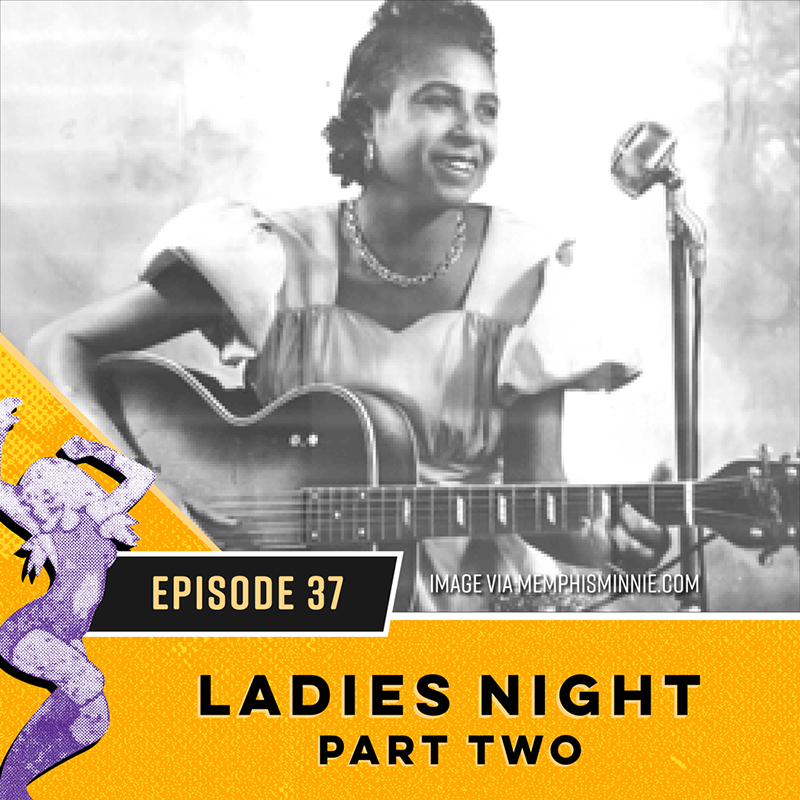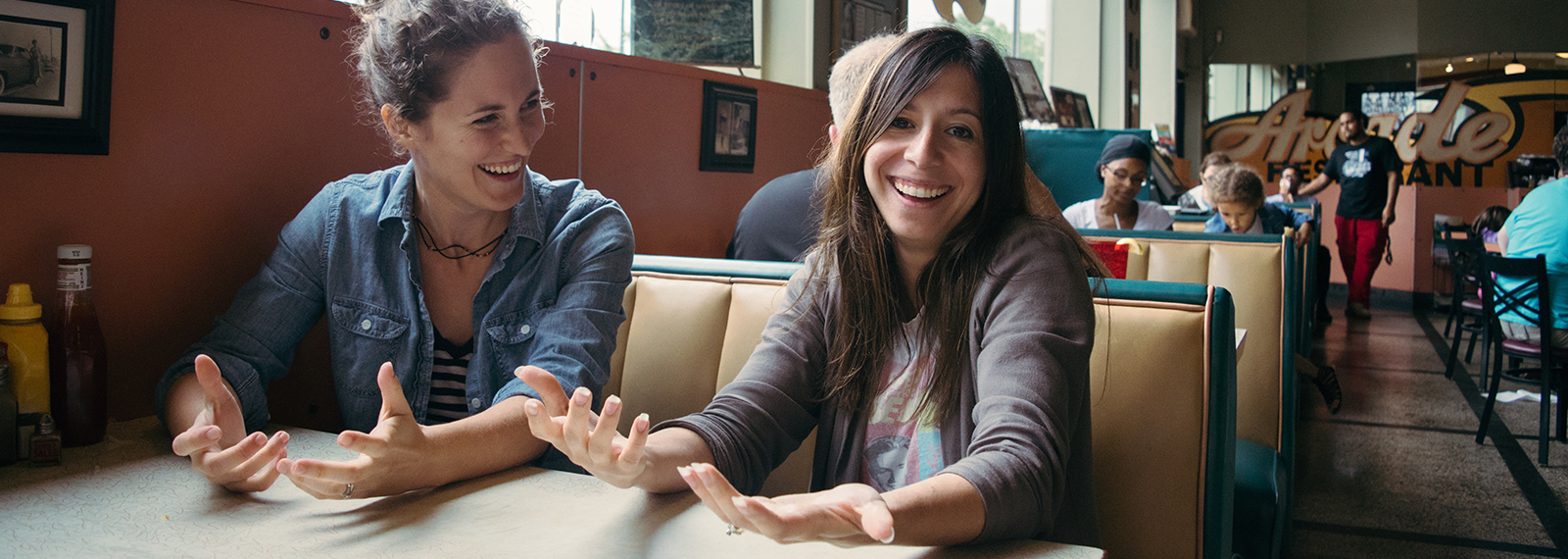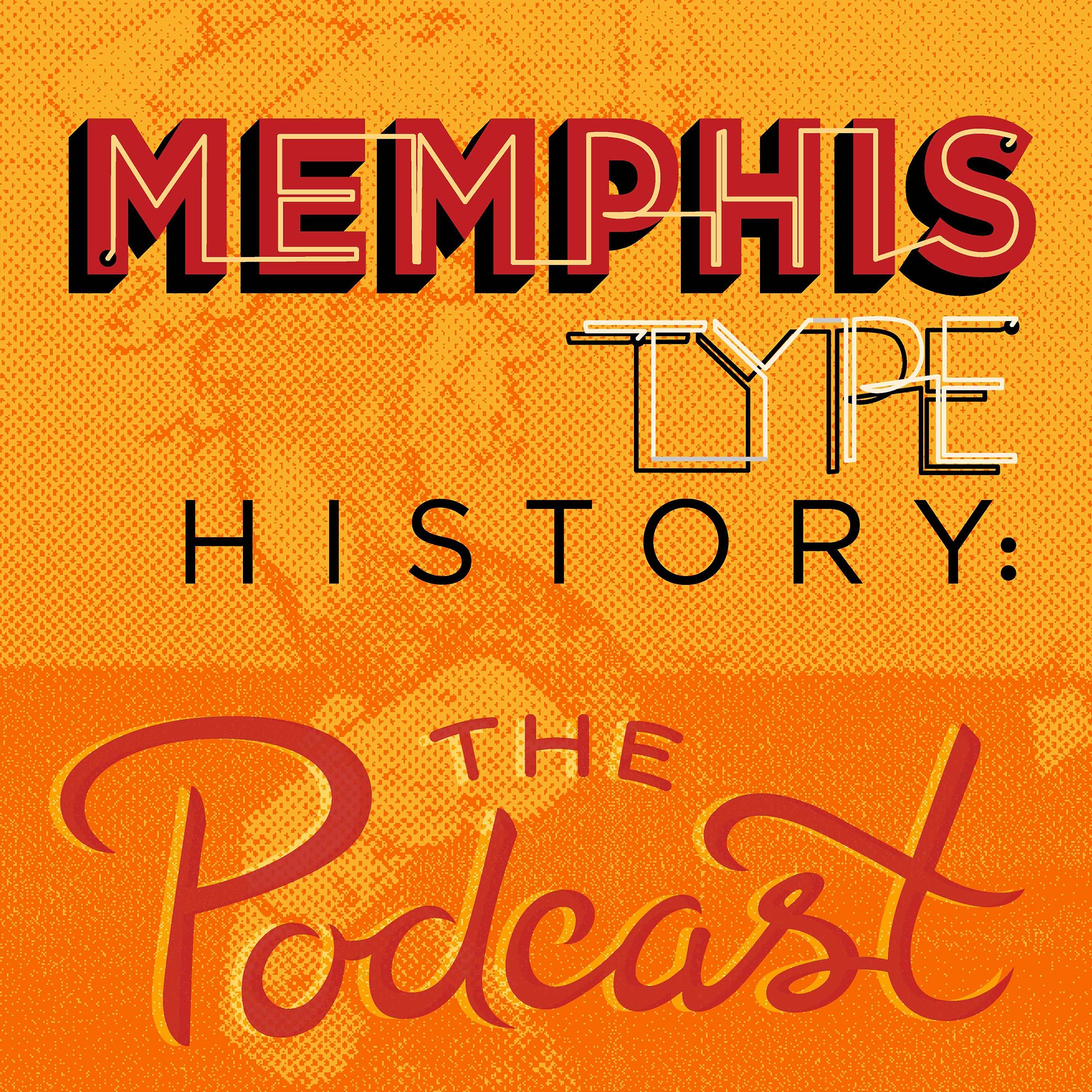Episodes

Monday Feb 26, 2018
Ladies Night Part Two
Monday Feb 26, 2018
Monday Feb 26, 2018
In this episode of Memphis Type History: The Podcast, Caitlin and Rebecca each pick a new favorite lady who left an impact in Memphis history to talk about. Turns out, they both picked musicians!
Elizabeth Lizzie Douglas (aka Memphis Minnie)
First up, Caitlin tells us about Elizabeth Lizzie Douglas (who we refer to as Minnie), a blues guitarist, vocalist, and songwriter, recording about 200 songs from the 20s to the 50s. People claim she was the most popular female country blues singer of all time, comparable to any man musician of the time. Elizabeth was born in 1897 in Algiers Lousiana, and moved to Walls, Mississippi with her family when she was seven years old. The next year she was gifted a guitar and by ten years old learned to play the banjo and began performing with her guitar, as "Kid Douglas" at parties.
In 1910 when she was 13 she went off to live on Beale Street, playing on street corners, staying with the folks when she was short on cash. There, she partnered up with Willie Brown, who is most famous with working with Charlie Patton. They headed to Bedford, Mississippi, a place that we assume to be well known for tourism in the time.
Next, Minnie joins the circus! The Ringling Bros. Circus 1916-1920 to be exact. But 1920 she returns to Beale Street, to perform on the streets again. It's believed she married her first husband Will Weldon in the early 20s as well. More well known was her second husband, Wilbur Kansas Joe McCoy, a blues singer from Mississippi. In 1929 a Columbia Records scout discovered them while they were out performing for dimes. They went of to New York City where the nicknames, Memphis Minnie and Kansas Joe became established. They played duets together, playing well known songs such as "Bumble Bee."
Minnie was super independent and elegant, chewing tobacco while singing and not missing a beat. By the 1930s, Minnie was very successful, went on tours and met her third husband, Little Son Joe, and began recording with him. When 1941 came, she picked up the electric guitar, and received her first hit "Me and My Chauffer Blues." Unfortunately, she didn't keep up with the trends of the late 40s and was dropped from the record labels.
Caitlin then goes over the end days of her life, she was one of the first 20 artists to be inducted in the blues foundation hall of fame, and Bonnie Rait paid for her headstone. Listen to the episode to hear what she had written on it.
Julia Ann Amanda Moorehead Britton
Next up, Rebecca talks about another famous musician Julia Britton, later known as Julia Britton Hooks. Julia was born in 1852 from freed African American parents in Kentucky. Her mother, Laura Marshall, was the daughter of Thomas F. Marshall, the Kentucky Statesman. She was also a well-educated and well-known singer and musician. This gift of musical talent was passed down to Julia. In fact, Julia was recognized a music prodigy, performing some of the most complex piano pieces.
We discover that this family was overall well respected. Julia's younger sister became the first African-American physician in Kentucky, her brother was a famous jockey, and Julia, at 18, enrolled at Berea College, making her one of the fist women of any race to attend college in the state of Kentucky.
How Julia Came to Memphis
In 1872 Julia moved to Greenville, Mississippi. She taught school and soon met and married Sam Wertles but lost him the following year to Yellow Fever. After his passing, she moved to Memphis in 1876. Memphis was the musicians paradise and this is where she came to be known as the "Angel of Beale St."
Memphis is also where she met and married Charles Hooks, and it was a city they both greatly invested in. Julia was not hesitant to actively protest against racism and inequality, leading her to occasionally get arrested and fined. On occasion was in 1881 when she was arrested at a Memphis theater for sitting at the "white balcony" and refusing to move to the "colored balcony".
Some of Julia's Greatest Contributions
In 1883, Julia and Anna Church opened the Liszt-Mullard Club to create opportunities in education for the black youth of the South. With the creation of this club, she was able to raise money to provide musically gifted black students to study music on a scholarship.
In 1891 she founded and became a charter member of the Orphans and Old Folks Home Club on Hernando Street where she'd purchased 25 acres. Three years later she had raised enough money giving concerts to pay off that debt. The purpose of the organization was to provide accommodations for orphans and elderly African-American women.
In 1892, Julia founded the Hooks School of Music and the Hooks Cottage School in response to the poor public education that black youth received in Memphis. The Hooks School of Music produced distinguished student musicians such as Sidney Woodward, Nell Hunter, and W.C. Handy.
For full show notes go to memphistypehistory.com/ladies2


No comments yet. Be the first to say something!